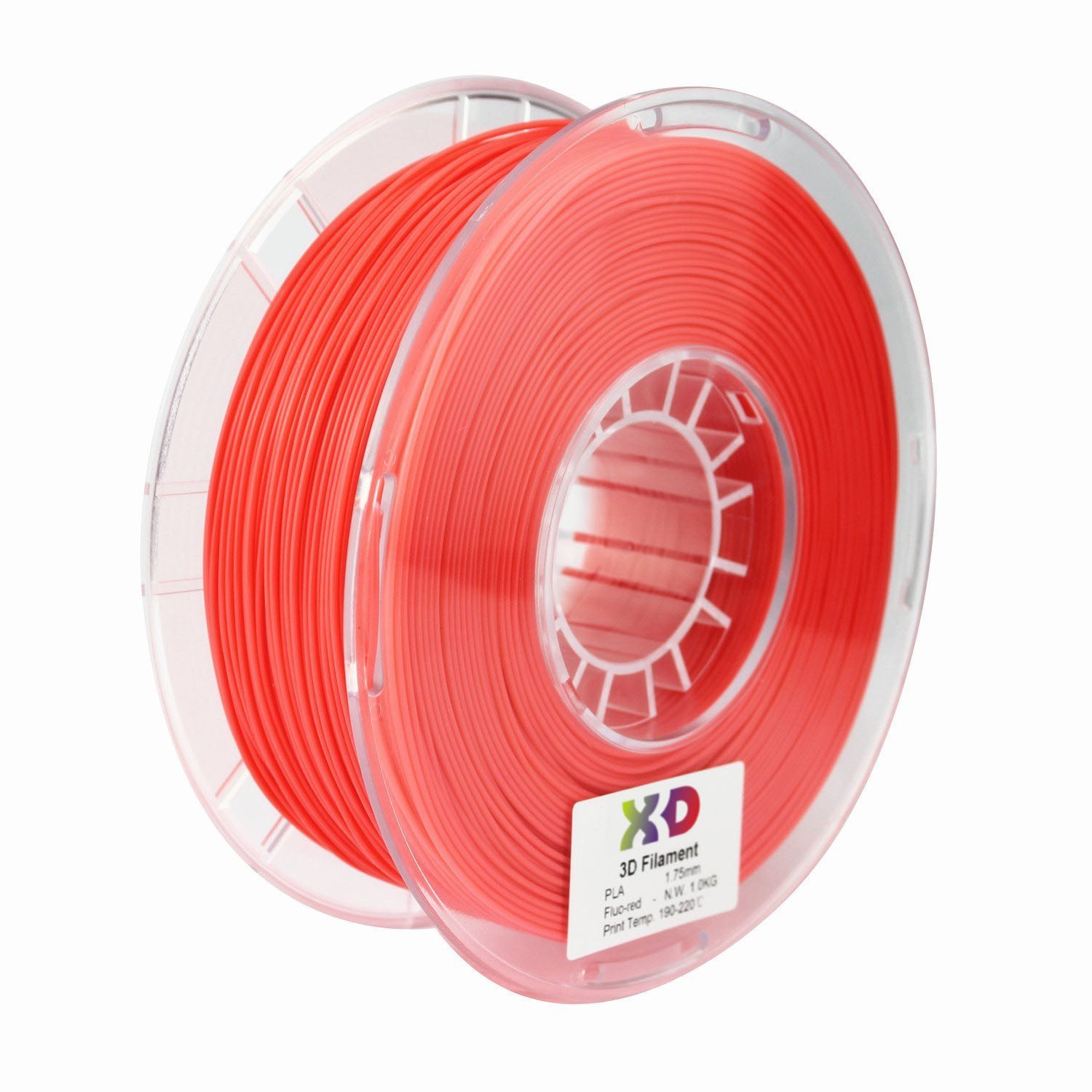PLA vs. ABS: Who will win?


PLA vs ABS: They may look similar to the untrained eye, but there is a huge difference between the two.
A battle is brewing between two of the most popular 3D printing filaments that use Fused Deposition Modelling (FDM) desktop technology: PLA filament and ABS filament. Both are thermoplastics that both enter a moldable state and solidify as they cool.
On the one side, you have the organic Polylactic Acid or PLA filament, a biodegradable material made from sugarcane and cornstarch. On the other side is the plastic Acylonitrile Butadiene Styrene or ABS filament, an oil-based plastic. Let’s see which will be declared the winning 3D printing filament in terms of their Ease of Printing and Cooling, Accuracy, Strength, Flexibility, and Purpose. Let’s get ready to RUMBLE!
Ease of Printing and Cooling
PLA filaments melt easily, and they are not sensitive to temperature changes. They also have a lower tendency to warp, and they smell like candy while printing. Due to its heat-resistant nature, PLA does not require a heating bed or an enclosure, making the cooling an easier process.
Meanwhile, it takes up to 150-160°C for ABS filaments to melt properly. It is also sensitive to temperature changes in the environment, so an enclosure or heated belt plate is required during printing. It should also be allowed to cool slowly or else the printed product will come out with cracks in the layer lines.
Winner: PLA filament
Accuracy
Since PLA is more resistant to warping and curling during printing, they can capture intricate details more accurately. That is not the case with ABS as they tend to curl and warp, introducing discrepancies in the printed version. However, placing a small cooling fan near the printer will prevent this from happening.
Winner: PLA filament
Strength
In this round, ABS has nothing on PLA. ABS objects are stronger than PLA ones, though not by much. What sets the former apart is their durability since it has a higher impact resistance, making them last longer while exposed to outside elements. They can also handle more weight before breaking.
Winner: ABS filament
Flexibility
In terms of flexibility, ABS filament distorts and bends before breaking, while PLA just snaps off easily. Their printed outputs are also similar to ABS having more resilience to it as it stretches when pulled, while PLA is still brittle and will break when stress is applied.
Winner: ABS filament
Purpose
PLA is the 3D printing filament of choice for beginners as it is easier to use and manage. It also doesn’t hurt that it smells like candy, too. PLA is mostly used on objects with minute details such as miniature figurines. When mixed with various PLA isomers, it can create water bottles, disposable cutlery, and food containers.
ABS is harder-to-wield material that is better suited for engineers and other professionals. It is mostly used on materials that should have high temperature and wear-and-tear resistance such as LEGO toys, keys on computer keyboards, and power-tool housing, among many other things.
Winner: Both 3D Printing Filaments
Though it may seem at first that PLA is the clear winner of the duel, ABS turned it around and finally caught up by the end. Both 3D printing filaments have their strengths, weaknesses, and uses, so it’s hard to determine the real winner between them.

